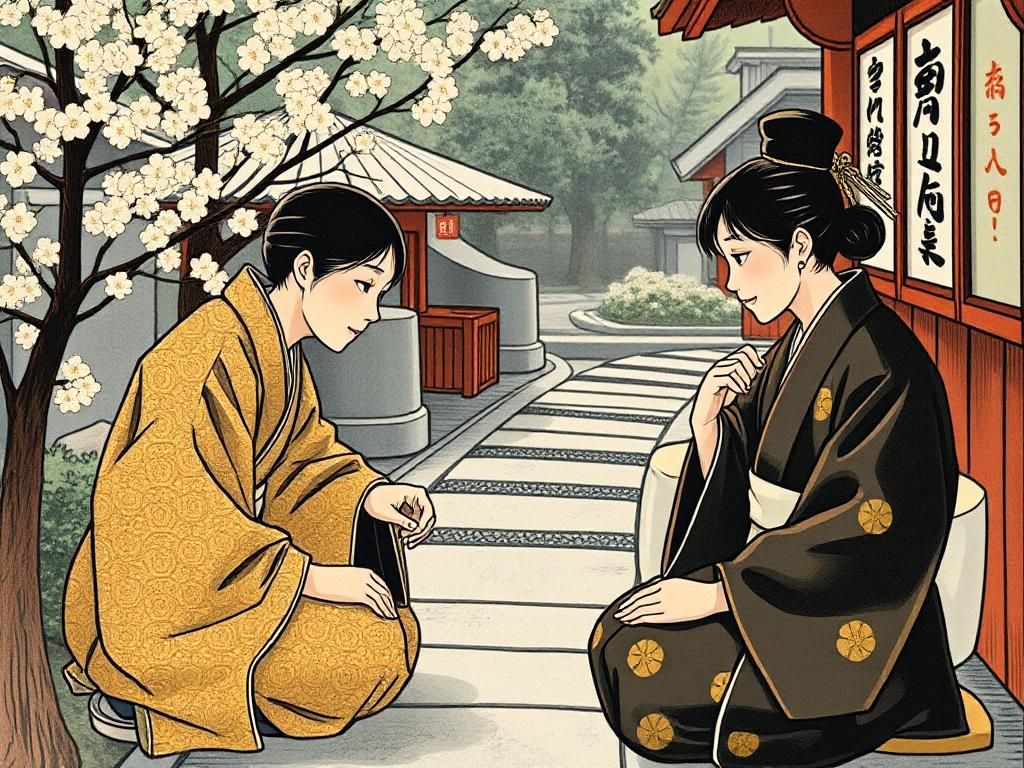Tsumino is a fascinating concept emblematic of creativity and cultural expression, gaining traction in contemporary society. As more individuals seek to connect with their cultural roots or explore new forms of expression, tsumino emerges as a significant player in art, literature, and community practices. This article delves into the rich history, various types, and profound impact of tsumino on both individual lives and the broader cultural landscape.
Historical Background of Tsumino
Origins of Tsumino
The roots of tsumino can be traced back to various cultural traditions, blending language and artistic expressions. The term itself derives from a combination of genres and cultural influences, signifying the interplay between traditional practices and modern interpretations. Tsumino historically held significant cultural value, symbolizing community, heritage, and artistic expression, serving as a canvas for storytelling in many cultural settings.
Evolution Over Time
As time passed, tsumino evolved, reflecting the changing dynamics of society. From its traditional contexts, aspects of tsumino have intertwined with technological advancements and globalization, influencing how people create and engage with this form of art. The digital age has also provided new platforms for artists and writers, allowing tsumino to flourish and reach wider audiences.
Types of Tsumino
Traditional Tsumino
Traditional tsumino is characterized by its adherence to the cultural practices of various regions. Features include distinctive styles, messages, and aesthetic choices that convey deep meanings. Notable examples can be found in folk tales and oral histories, where artists use tsumino to encapsulate traditional beliefs and values across different cultures.
Modern Adaptations
In contrast to its traditional form, modern adaptations of tsumino highlight contemporary societal themes. Artists, writers, and musicians often reinterpret tsumino, exploring personal experiences and contextualizing them within the modern world. This adaptation allows for the reflection of current issues and personal narratives, utilizing various mediums such as painting, poetry, and music.
Regional Variations
The concept of tsumino is not monolithic; it varies widely across cultures and regions. Each area contributes unique flavors, styles, and interpretations based on local customs and historical contexts. Noteworthy comparisons can be made between tsumino practices in East Asian communities versus Western cultures, each offering distinct approaches while retaining core thematic elements.
Tsumino in Popular Culture
Tsumino in Literature

Tsumino’s presence in literature is profound, with numerous works embedding this cultural motif. Authors and poets draw inspiration from its principles, weaving aspects of tsumino into their narratives. Notable examples include works that explore universal themes of identity, belonging, and the human experience, resonating deeply with readers.
Tsumino in Visual Arts
Visual artists have significantly contributed to the portrayal of tsumino through various forms of art. Renowned artists employ methodologies that resonate with the principles of tsumino, creating iconic pieces that encapsulate its aesthetic ideals. These artworks often evoke strong emotional reactions and inspire audiences, fusing personal expression with cultural narratives.
Tsumino in Film and Media
The exploration of tsumino extends to film and media, where directors utilize its elements to convey deeper themes. Case studies of films that incorporate tsumino highlight its versatility and cultural relevance. This representation allows filmmakers to engage audiences through rich narratives that resonate on both emotional and intellectual levels.
The Philosophical and Emotional Aspects of Tsumino
Symbolism in Tsumino
Symbolism plays a vital role in tsumino, often embodying themes of growth, resilience, and connection. Common symbols associated with tsumino evoke strong emotional responses, allowing individuals to resonate with the underlying messages. By exploring these symbols, one can uncover layers of meaning that portray the shared human experience.
The Impact of Tsumino on Mental Health
Engagement with tsumino has therapeutic implications, offering individuals a means of self-expression and emotional exploration. Numerous personal narratives illustrate how connection to tsumino fosters mental well-being, providing an outlet for creativity and reflection.
Practical Applications of Tsumino
Tsumino in Everyday Life
Incorporating tsumino into daily routines can enhance individual and community well-being. Simple practices such as creating art, writing, or attending cultural events centered around tsumino can provide fulfillment and joy. Practical tips for experiencing tsumino personally include setting aside time for creative pursuits or engaging in community workshops that celebrate this cultural expression.
Tsumino in Community Initiatives

Community programs often promote tsumino as a means of fostering social cohesion and cultural appreciation. Success stories abound where initiatives centered around tsumino have revitalized community engagement and inspired collaboration among diverse groups, demonstrating its power to unite people through shared cultural expressions.
The Future of Tsumino
Emerging Trends
Looking ahead, emerging trends in tsumino suggest a continued interest in exploring identity and cultural narratives in innovative ways. New technological platforms may further enhance the reach and impact of tsumino, catalyzing shifts in how society perceives and engages with this concept.
Tsumino and Globalization
Globalization brings both challenges and opportunities for the development of tsumino. As cross-cultural exchanges become more common, the potential for enriching interpretations exists. This cultural blending can lead to new forms of tsumino that honor tradition while embracing modernity.
| Aspect | Description | Examples |
|---|---|---|
| Origins | Roots in cultural traditions | Folk tales, oral histories |
| Evolution | Changes due to technology and globalization | Digital art, modern literature |
| Types | Traditional vs. Modern adaptations | Visual arts, performance art |
| Cultural Relevance | Impact on community and individuals | Mental health programs |
| Future Trends | Emerging themes | Identity exploration in new mediums |
FAQs about Tsumino
1. What is Tsumino?
Tsumino refers to a concept that embodies cultural expression through various artistic mediums.
2. How did Tsumino originate?
Tsumino originated from diverse cultural traditions, symbolizing community and creativity.
3. What are the different types of Tsumino?
Tsumino exists in traditional and modern adaptations, along with regional variations.
4. How is Tsumino represented in literature?
Tsumino is explored in literature, often revealing themes of identity and culture.
5. Can Tsumino impact mental health?
Yes, engaging with Tsumino offers therapeutic benefits, enhancing emotional well-being.
6. How can I incorporate Tsumino into my life?
Individuals can incorporate Tsumino through creative pursuits and participation in cultural events.
7. What role does Tsumino play in popular culture?
Tsumino influences various media forms, including film, visual arts, and literature.
8. Are there community initiatives focused on Tsumino?
Yes, numerous community programs celebrate and promote Tsumino, fostering cultural appreciation.
9. How does globalization affect Tsumino?
Globalization allows for cross-cultural exchanges, enriching interpretations of Tsumino.
10. What is the future of Tsumino?
The future of Tsumino appears promising, with emerging trends related to identity exploration and digital mediums.
